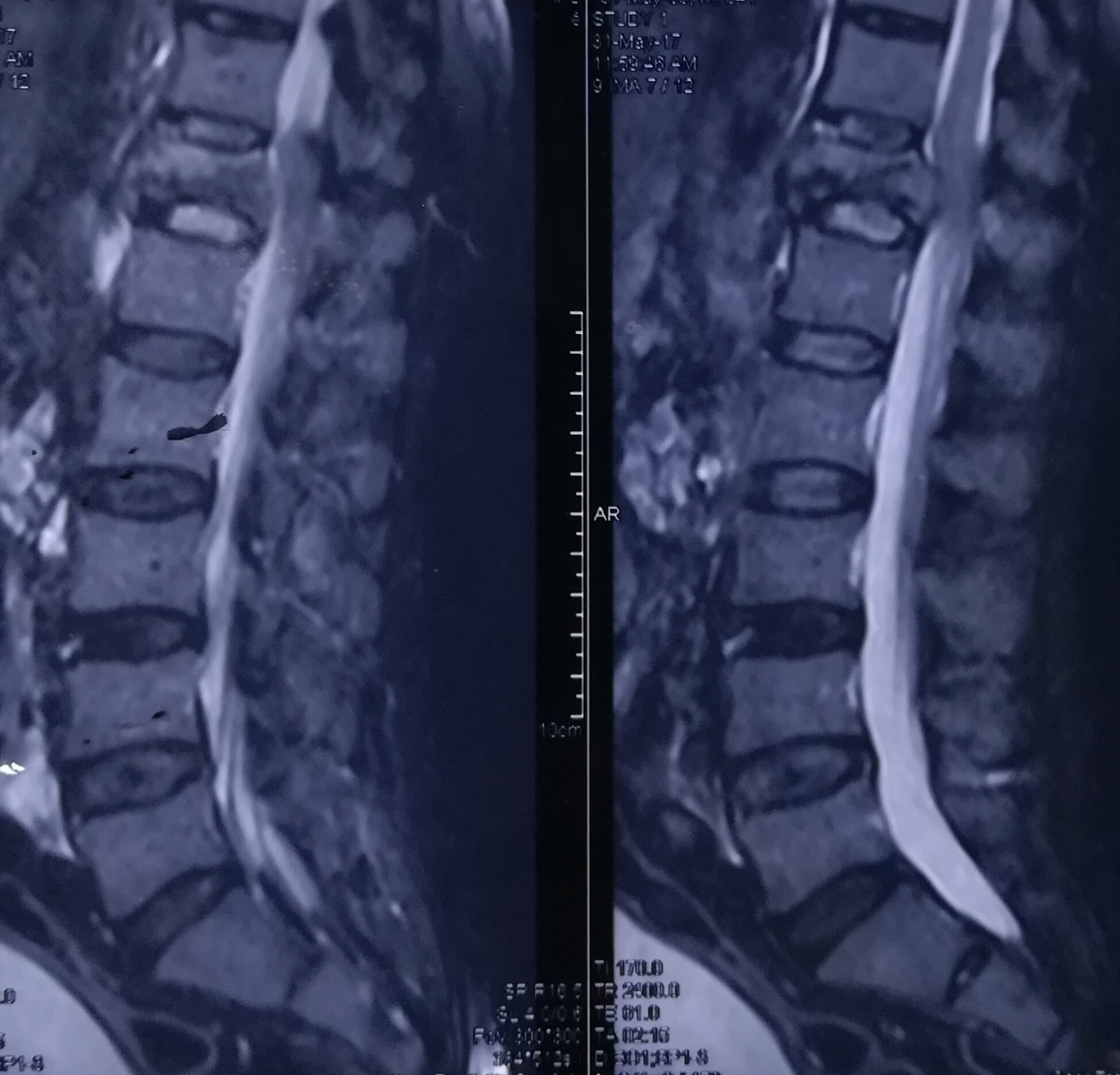+919599428924

This is your website preview.
Currently it only shows your basic business info. Start adding relevant business details such as description, images and products or services to gain your customers attention by using Boost 360 android app / iOS App / web portal.
Description
Tuberculosis of the vertebral column has been around for over 5000 years; evidence of the disease has been observed in mummies from Ancient Egypt. Sir Perceival Pott was the first to report this extra-pulmonary manifestation of tuberculosis (TB) in association with paraplegia and kyphotic deformity of the spine. The commonest extra-pulmonary skeletal manifestation of TB is within the spine. In 2–3% of cases, the cervical spine may be affected with resultant lesions giving rise to instability and neurological deficits. With the number of cases of TB increasing, clinicians need to have a heightened awareness of its many presentations so that an early diagnosis can prevent long-lasting sequelae. Delay in presentation is secondary to the low intensity of the initial symptoms and incorrect attribution to musculoskeletal pain. Neurological deficits are the most serious complication of spinal TB with patients presenting with para- or tetraplegia, hemiplegia or monoplegia. When the cervical spine is involved the commonest presenting symptom is neck pain and can precede the diagnosis by 24 months. Thoracic and Lumbar involvement results in Back pain with Psoas abcessess. Majority of patients have associated constitutional symptoms like fever, weight loss & loss of apetite. Over 50% of patients will have muscular weakness. The development of kyphosis, secondary to spinal TB, is the rule rather than the exception. In severe cases kyphosis can be as great as 60 degrees. TB of the spine complicated by worsening neurological deficit and or progressive deformity should be treated early. In the absence of gross deformity or neurological deficit, TB of the spine is a medical disease and should be treated with antituberculous medication, rest and mobilization with suitable orthosis. The best treatment for TB of the spine is to prevent the development of paraplegia. This can only be achieved by approaching patients with worsening pain with caution and spotting TB early before it represents with concomitant neurological deficits. Diagnosis of spinal tuberculosis is based on clinical, radiological and histopatological report. Patient usually presents with slowly progressive dull aching pain which has been there for last few months. Some patients present with sudden onset weakness or increase in pain due to fracture of diseased bones. Most of the patients have associated pain at rest, Night pain, fever and weight loss. Initial investigation is xray of concerned part of spine. however, TB in early stages may not show up on xrays and may be easily missed. The reason for this is that at least 30 % bone destruction is required to be visible on xray. MRI is the best investigation for early diagnosis


